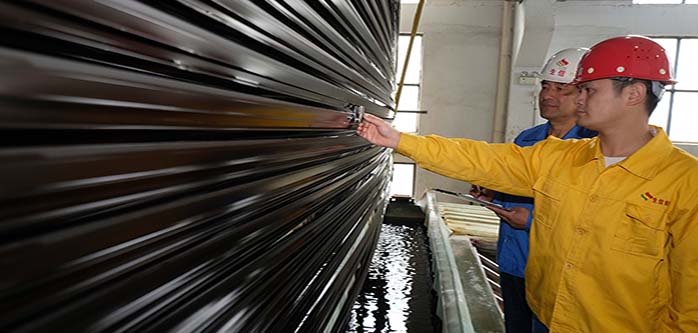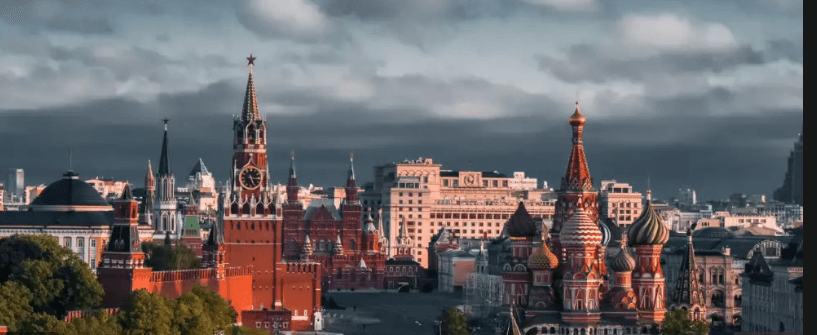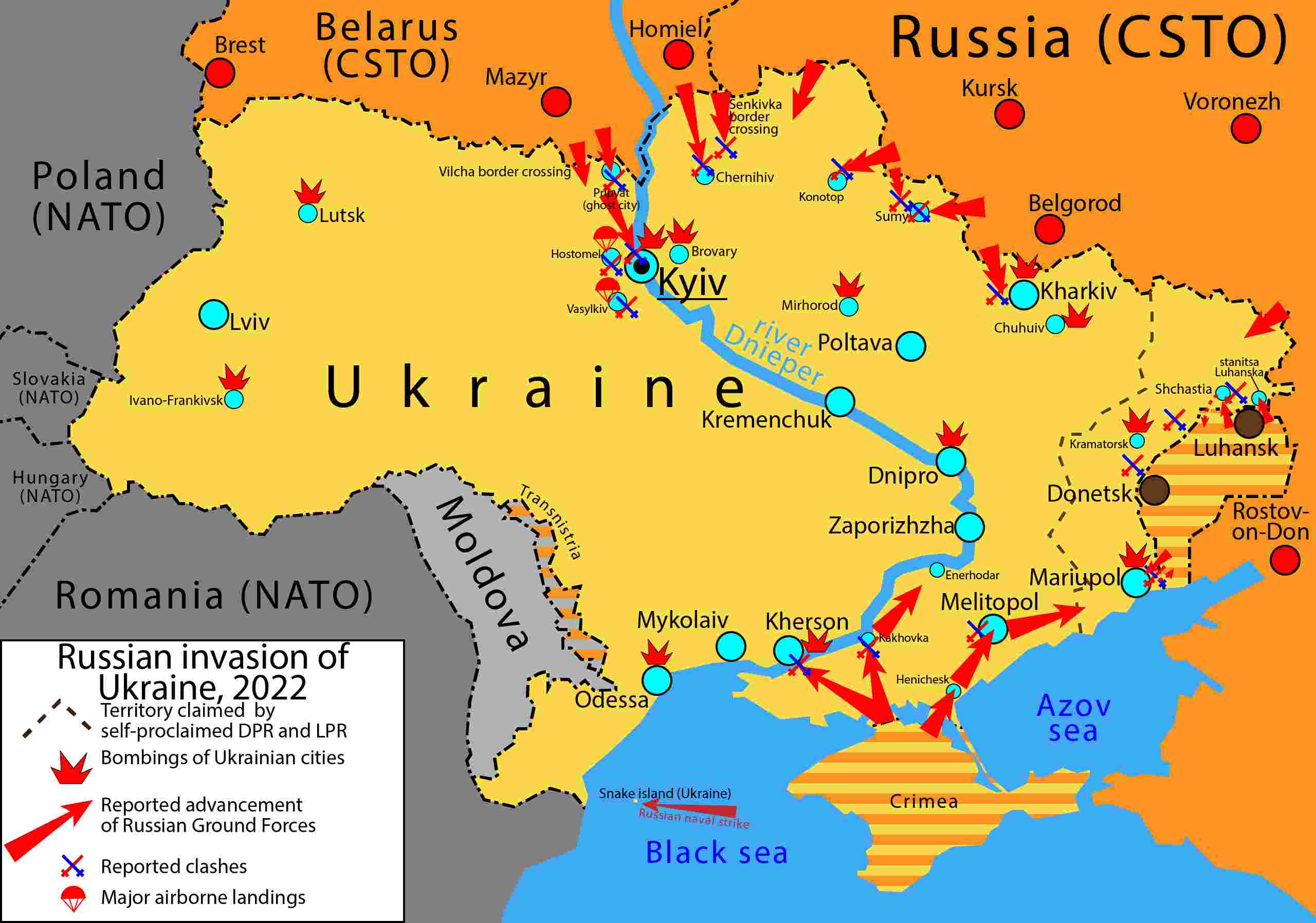
Internationally, at present, multiple factors have led to the shortage of electricity supply in Europe. The power structure in Europe is mainly composed of natural gas, nuclear energy and renewable energy. Affected by the geopolitical situation, the supply of natural gas continues to decline and the price rises, which has caused huge pressure on European energy costs. The recent high temperature weather has led to increased evaporation of water in European rivers (lakes), lower water levels, and serious impacts on hydropower generation. The impact of high temperature on the power structure in Europe is comprehensive, which has also led to a record high electricity price in Europe, and smelters with high energy consumption will continue to face the threat of production shutdown. From the actual situation, the probability of a comprehensive production reduction in Europe is relatively low. Since September last year, the shortage of natural gas in Europe has led to a sharp increase in energy, and the production of electrolytic aluminum has been reduced. Up to now, the production of electrolytic aluminum in Europe has decreased by about 858,000 tons, accounting for about 20%. Under the extreme high temperature weather this year, there are mainly four regions of Slovakia, France, Germany and Greece that have reduced production, while Norway, Sweden and Iceland have low electricity costs and sufficient power supply, and the probability of production reduction is low. Therefore, it is optimistic that the production capacity of electrolytic aluminum in Europe will be reduced by 670,000 tons this year. If the high temperature continues until September, the scale of production reduction may be further expanded. From a pessimistic perspective, the production capacity reduction of electrolytic aluminum will exceed 800,000 tons. From the perspective of global supply, the reduction of electrolytic aluminum production in Europe will not have a particularly large impact on global supply, but it will have an impact on local spot premiums and discounts in Europe. Aluminum inventories remain depleted. If September is still affected by the high temperature, the reduction of electrolytic aluminum production will be further expanded, which may lead to a further increase in the premiums and discounts in major European consuming regions. At present, against the backdrop of low LME aluminium inventories, there may be a danger of short positions. After the off-season of consumption, considering that the pace of resumption of production on the supply side will be slower than that on the demand side, or there may be a phased destocking situation, which will bring about a short-term mismatch between supply and demand, especially in the Sichuan-Chongqing region, the spot premium and discount will be significantly higher. After the "Golden Nine Silver Ten" consumption peak season ends, the supply pressure will re-emphasize. With the advent of winter, the problem of energ...
Read MoreBecause of its own advantages, industrial aluminum profiles can be used in major industries. Now many companies need to ask the aluminum profile production and processing plants for prices when purchasing aluminum profiles, and the processing plants will quote them according to customer requirements. , Different aluminum profile processing plants have different quotations for the same aluminum profile. Why are the processing costs different for the same type of industrial aluminum profiles? What are the reasons? 1. The quality of aluminum profiles is different: many manufacturers with very low processing fees usually do not pay much attention to product quality. In terms of dimensional accuracy, the appearance and shape of aluminum profiles with poor quality cannot meet the requirements for use, which leads to price differences. . 2. The raw materials are different: in order to lower the price of aluminum materials, some processing factories use scrap aluminum or aluminum blending, regular enterprises will use the original aluminum ingots + the factory's head and tail materials, this effect will be reflected in the processing cost difference. 3. Different processing technology: The processing technology of the aluminum profile processing plant uses extrusion technology and aluminium extrusion equipment. The processing technology and mold manufacturing technology are different, and the prices are also far apart, which affects the price difference. 4. Packaging costs: Different packaging materials have different costs. Before delivery, aluminum profiles will be packaged with foam or kraft paper for small aluminum profiles, and large aluminum profiles (frame, workbench) will be packaged with wood. box for packing and shipping. The following recommendations are made to aluminum profile importers: 1. Sign a formal contract with the manufacturer to more effectively protect your own interests. 2. Before receiving the goods, verify the goods for inspection, and do not receive the goods carelessly. 3. It is still necessary to start from your own needs and tailor-made. Anhui Shengxin aluminum profile manufacturer has been focusing on the production and processing of aluminum profiles for 20 years, focusing on the production and processing of aluminum profile accessories, aluminum profile frames, assembly line workbenches, display rack structures, equipment frames, outdoor sun rooms, machine covers, protective barriers, safety fences, Aluminum profile workbench and industrial assembly line products, etc.
Read More
Rusal unable to extract bauxite and alumina from Australian Collaboration following sanctions on Russia Two weeks back when Australian Prime Minister Scott Morrison announced the ban of alumina exports to Russia, it was unclear whether Rusal would still be able to claim ownership of its share of production from the joint venture with Rio Tinto Group and eventually ship it elsewhere. But according to the people concerned and who wish to remain unnamed, the matter is not quite simple. The Prime Minister of Australia clearly said, “Russia must pay a very high price for its brutality. It must pay that price economically. It must pay the price in diplomatic terms as well.” The production of aluminium is not a simple process, bauxite ore is mined at various locations then sent to refineries where through Bayer Process, alumina is extracted which mainly comes in powder form. This alumina is then transported to smelters where they put the material in high temperature to produce aluminium, the finished metal. Though the aluminium industry is not being directly flagged with sanctions but Rusal’s access to raw materials is under immense supervision. Escalating situation in the war field might disrupt further trade and decrease availability of raw material. Following the Ukrainian conflict, the production capacity of aluminium has witnessed a steady downfall. Russia generally depends on Australia for 20% of its alumina and aluminium ore demand. If the import of these two is less then gradually Russia will have to refrain from producing aluminium which will in turn break its economy. Alumina supplies to Rusal from Ukraine is “severely curtailed” because of the war and the company is in search of a new supplier. Chinese traders intervene to rescue the dying Russian economy as 30,000 tonnes of alumina has been loaded onto two vessels destined for Siberia. This is may be the beginning of a crisis time friendship that China and Russia both are opting towards. On March 20th, one fifth of Russia’s alumina supplier, Australia announced its ban on shipments to the Soviet Nation.
Read More
According to Platts report, Alcoa’s chief financial officer Willian Oplinger shared his forecast that aluminum prices would continue to inflate while alumina supply to become tighter as a result of international sanctions imposed on Russia due to its military invasion of Ukraine. “It’s a very fluid situation … it will really depend on how long this drags out and how long the sanctions are in place,” CFO stated during a presentation at the Deutsche Bank Global ESG Conference on Monday, February 28. Market demand for aluminum is likely to remain unfulfilled in Europe and the US by the Russian aluminum producers, resulting in heightening pressure on the recent high level of premiums in both regions, pointed out Oplinger. Platts found out that spot price of 99.7% P1020 US aluminum was delivered to Midwest at a record premium of 37.75 cents/lb on Friday, February 25, while the next target of market participants was the premiums of 40 cents/lb or higher, as there were fears of sanctions of Russia and disruptions of energy supplies needed for producing the metal. William Oplinger also drew attention by saying that sanctions may squeeze an already-short global alumina market if Russian aluminium producers shut down their operational activities at refineries or face challenges in sourcing bauxite. His anticipation came true when Rusal announced the suspension of shipments from its 1.7 mtpa Nikolaev refinery in Ukraine, resulting in increased supply disruptions across the alumina and aluminium market. Rusal said it halted shipments from Nikolaev due to logistical challenges linked to events in the country.
Read MoreKnowledge|Why do aluminum profiles turn black? Aluminum profile is a non-ferrous metal profile that is extruded by die and oxidized and coated. The aluminum profile is treated by anodizing and other treatments, and there is an oxide film on the surface, which makes the profile have the characteristics of corrosion resistance and corrosion resistance. Recently, some users found that the aluminum profiles turned black during the use of aluminum profiles. Let us popularize the reasons for the blackening of aluminum profiles. 1. The aluminum profile process is not up to standard: the aluminum profile is extruded from an aluminum rod and then oxidized and coated. The selection of raw materials for aluminum rods, improper cleaning or pressure inspection of aluminum profiles in the production process, and uneven coating during the oxidation process of aluminum profiles will all lead to blackening and mildewing of aluminum profiles. We use 6063-T5 aluminum rods, which are not doped with waste, and undergo a strict extrusion production process. Ensure the quality of aluminum profiles from the source. 2. Improper storage management: Although aluminum profiles are waterproof, corrosion-resistant and corrosion-resistant, if they are in a humid environment for a long time, they will be in direct contact with uneven ground. Then it will also cause the aluminum profile to wear and tear, and the oxide film will be damaged, which will cause the aluminum profile to become moldy and black. In view of this situation, aluminum profiles can be stored in a dry and ventilated environment, and direct contact with the ground should be avoided. 3. Unreasonable cleaning management: The surface of the aluminum profile is anodized and generally does not need to be cleaned. If there is dust, just wipe it gently with a soft cloth. If a corrosive cleaning agent is used, the surface of the aluminum profile will be corroded and oxidized, resulting in mildew and blackening of the surface of the profile. With the development of technology and the improvement of the level of social development, the market demand for aluminum profiles is also increasing, and various manufacturers have sprung up like bamboo shoots after a rain. If you choose a bad cooperative manufacturer, the loss will be heavy, not to mention the possibility of introducing inferior products and causing major safety accidents.
Read More online service
online service 0086 136 3563 2360
0086 136 3563 2360 sales@sxalu.com
sales@sxalu.com +86 136 3563 2360
+86 136 3563 2360